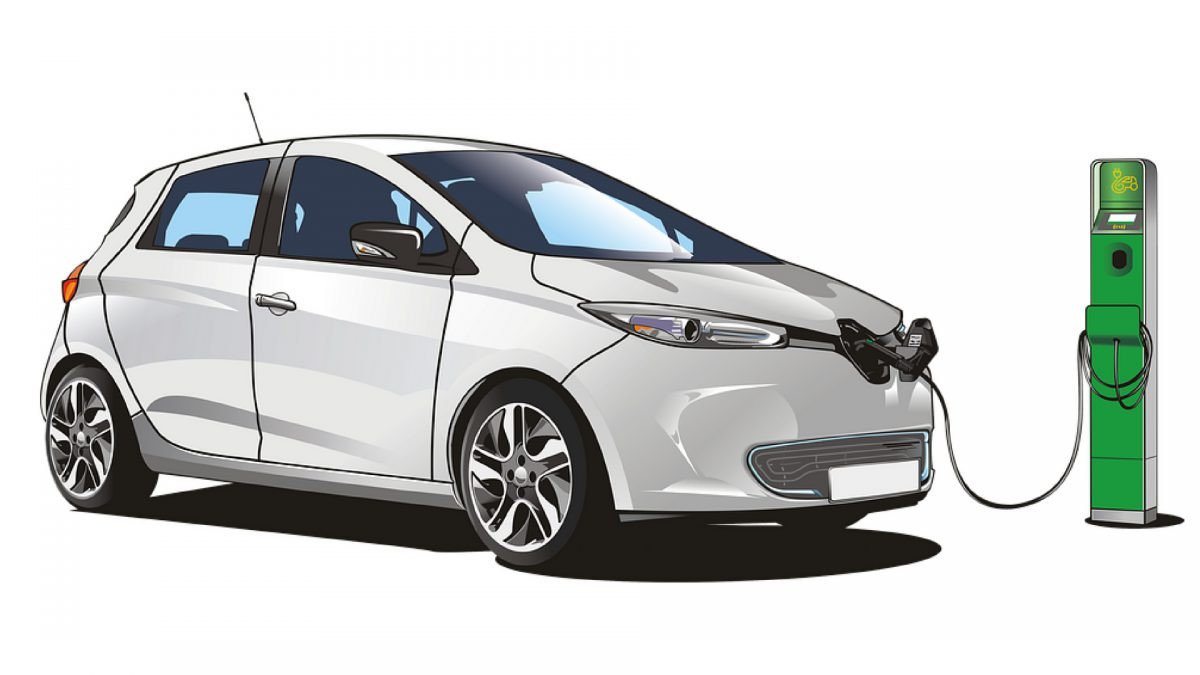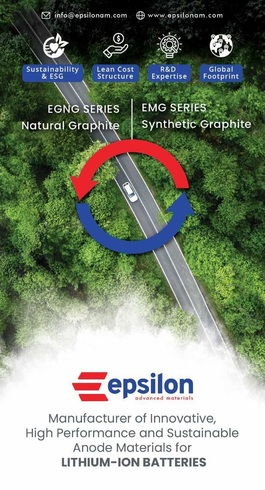HP proposes a new EV policy aimed at eco-friendly mobility solutions
Himachal Pradesh government has announced that it has proposed a new Electric Vehicle Policy-2021, targeting to encourage sustainable, safe, eco-friendly, inclusive, and integrated mobility solutions, and establish Himachal as a model state for electric-vehicle (EV) adoption among hilly states.
The primary objective is to make battery electric vehicles (BEVS) form at least 15 percent of the new vehicle registrations by 2025, said transport director Anupam Kashyap.
He said the government would incentivize the adoption of EVs across segments and also create a network of public charging stations. At least one charging station would be made available within every 1km x 1km grid in major cities and towns, and at least one slow-charging station (on each side) will be created every 25 kms on state highways. At least one fast-charging point (on each side) every 50 kms on busy national highways will also be positioned.
He said the policy targets to make three Cities-Shimla, Baddi, and Dharamshala- model cities for EV readiness and adoption. Besides, it also envisions the electrification of Himachal Road Transport Corporation (HRTC) buses and cabs.
"The government aims to create employment opportunities related to the development of the EV ecosystem in the state," he said.
Funding and execution
Kashyap said an umbrella state EV fund will be created using a 'feebate structure', where fees are applied to ICE vehicles to raise funds that are returned as rebates in the form of incentives.
The state EV fund will be capitalized from sources such as additional road tax and/or registration fees charged to ICE vehicles, green tax on ICE vehicles registered in the state, pollution cess on petrol, and diesel vehicles sold in the state.
Apart from it, the funds will be generated from air-quality parking surcharge applicable to ICE vehicles and penalties imposed on vehicles arriving or idling in low/zero-emission zones during time periods decided by urban development agencies.
The policy also recommends establishing a state EV secretariat to guarantee the effective funding and implementation of the policy under the oversight of the high-power committee.
He said the government will also hold regular discussions with industry and other stakeholders to ensure smooth implementation of the policy and its provisions.
In addition, a cognizance drive will be launched to promote EVs and their benefits.
Tax and non-tax exemptions
Under the policy, all-electric vehicles have been relieved from the payment of road tax under the Himachal Pradesh Motor Vehicles Taxation Act. Commercial EVs have also been relieved from needful permits.
The director said that at least one low/zero-emission zone in each of the three model cities will be created where only EVs, walking, and cycling will be permitted. Tourist spots, eco-sensitive areas, and reserve forests will be identified by the urban development agency and timings and regulations will be notified accordingly.
Also, a reserve percentage of parking slots for EVs (with charging infrastructure) in high-volume parking spaces will be provided.
He said the strategy is to encourage demand creation for EVs through the provision of fiscal and non-fiscal incentives, the creation of dedicated infrastructure for charging of EVs through the provision of capital subsidies, and mandatory the use of EVs at the institutional level, starting with public transport and government entities.
The state has more than 18 lakh registered vehicles (both private and transport) of which 233 are battery operated.
HRTC is at present operating 50 electric and 75 electric buses. Fifty buses run in Shimla and 25 are on the Manali to Rohtang Pass route.
The state has been sanctioned 100 e-buses under FAME II.






















